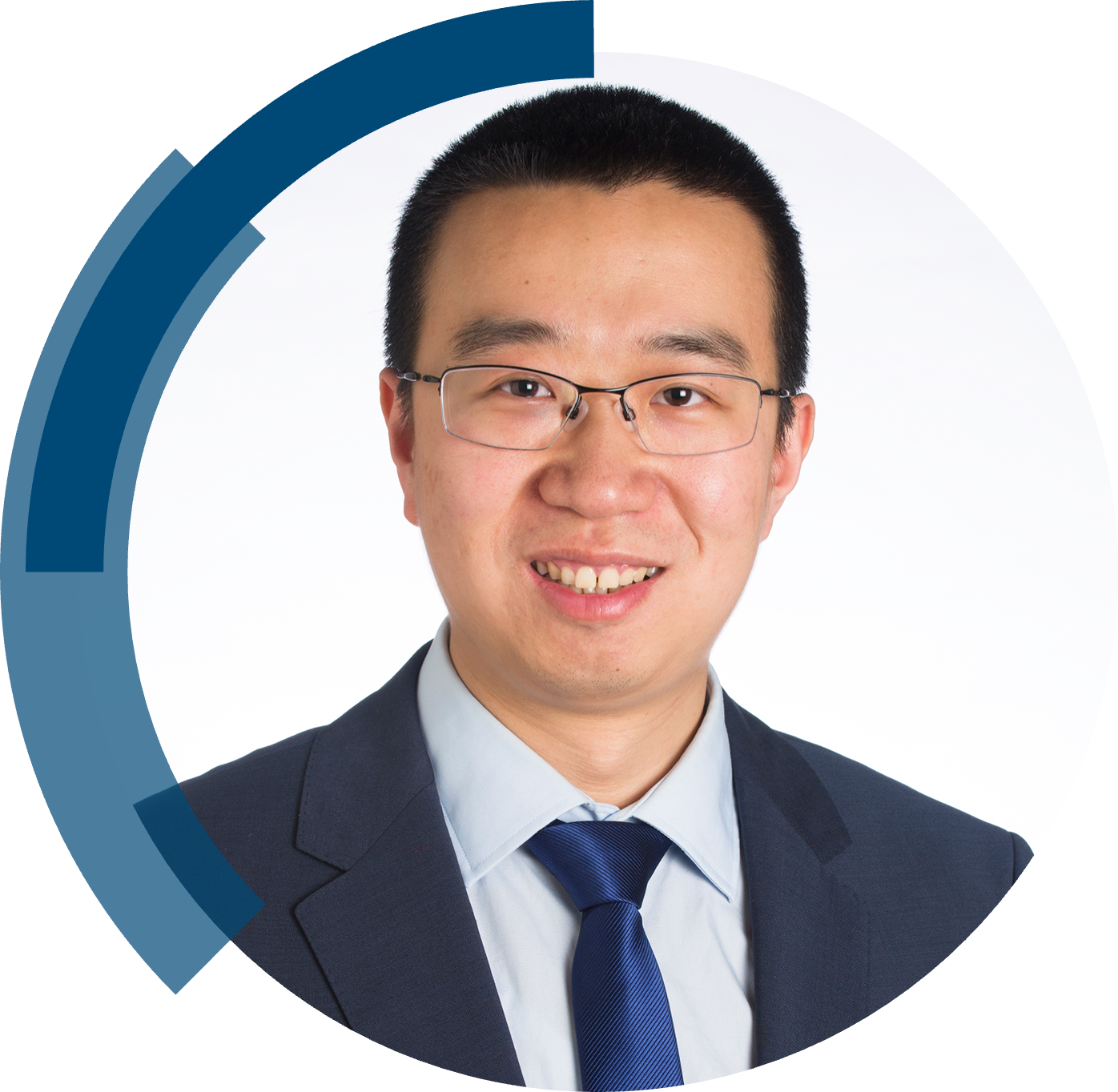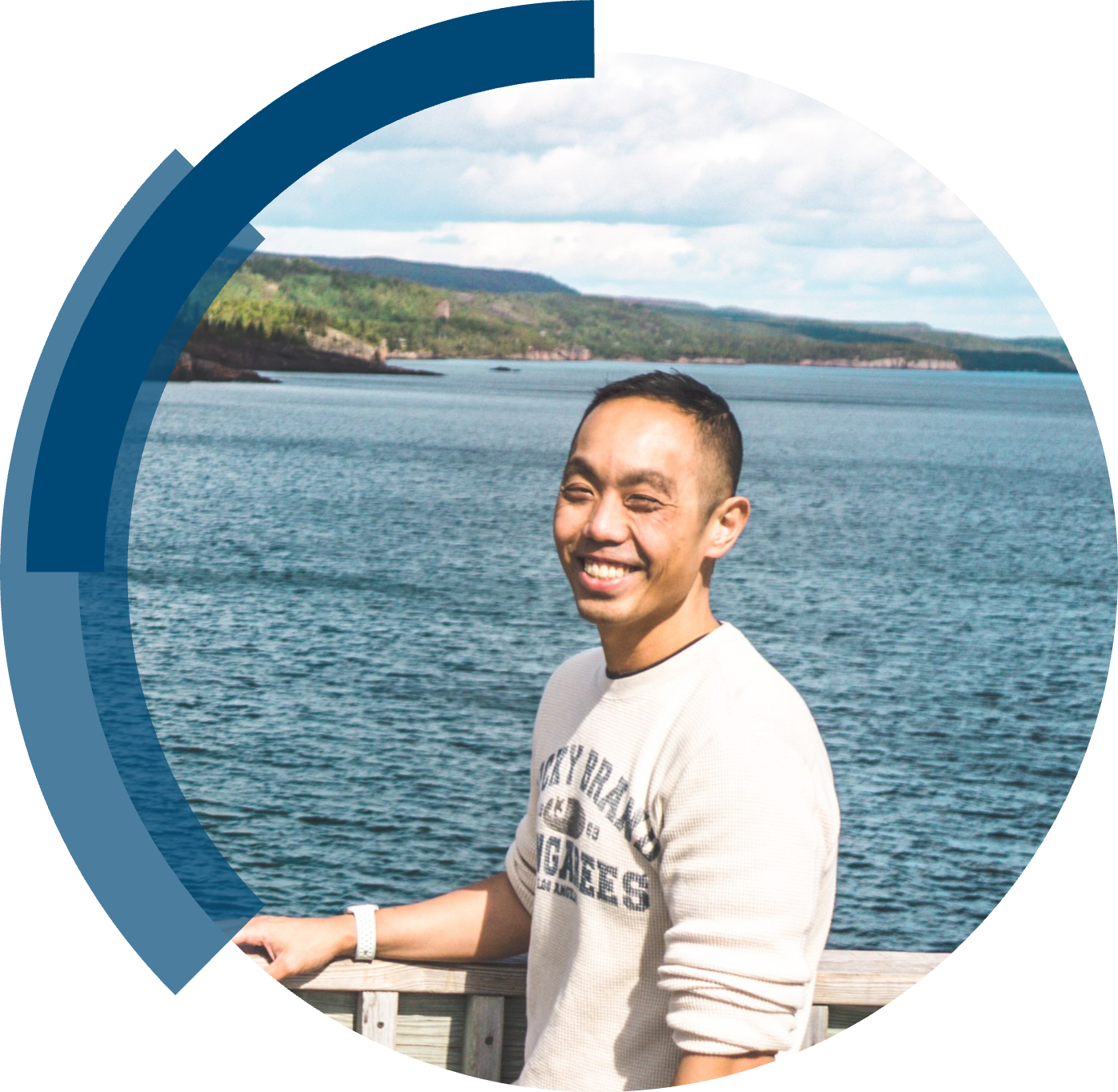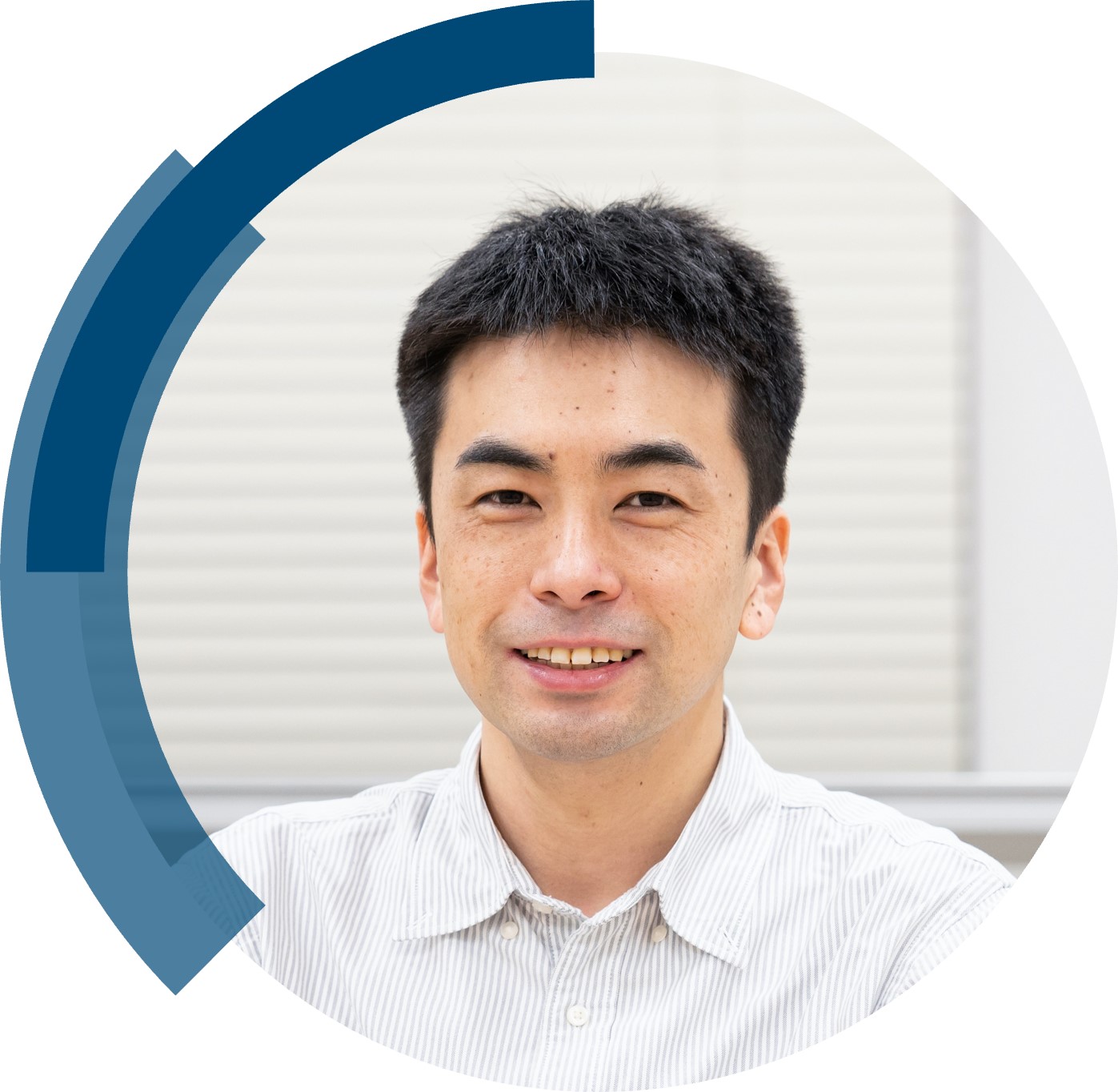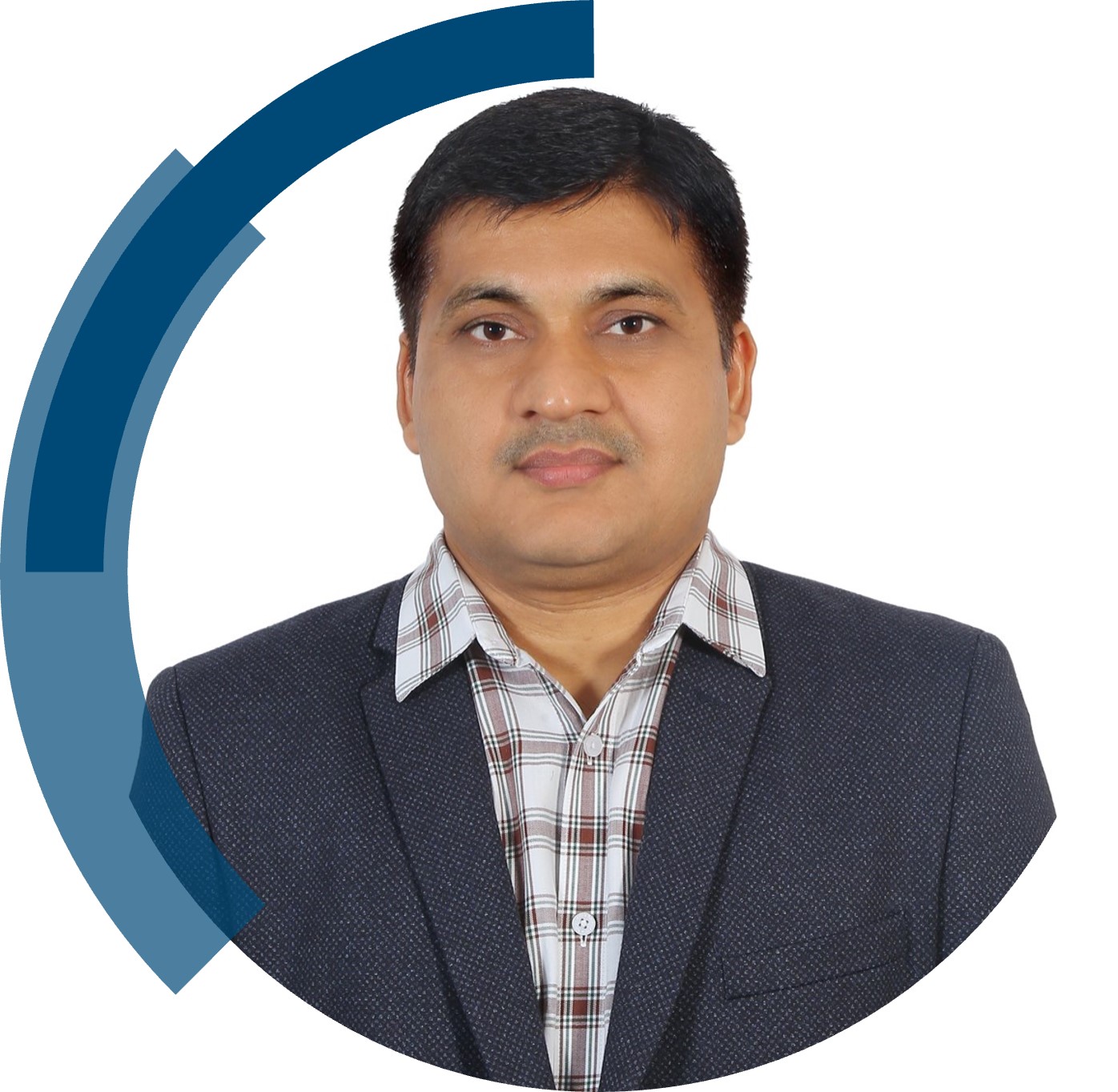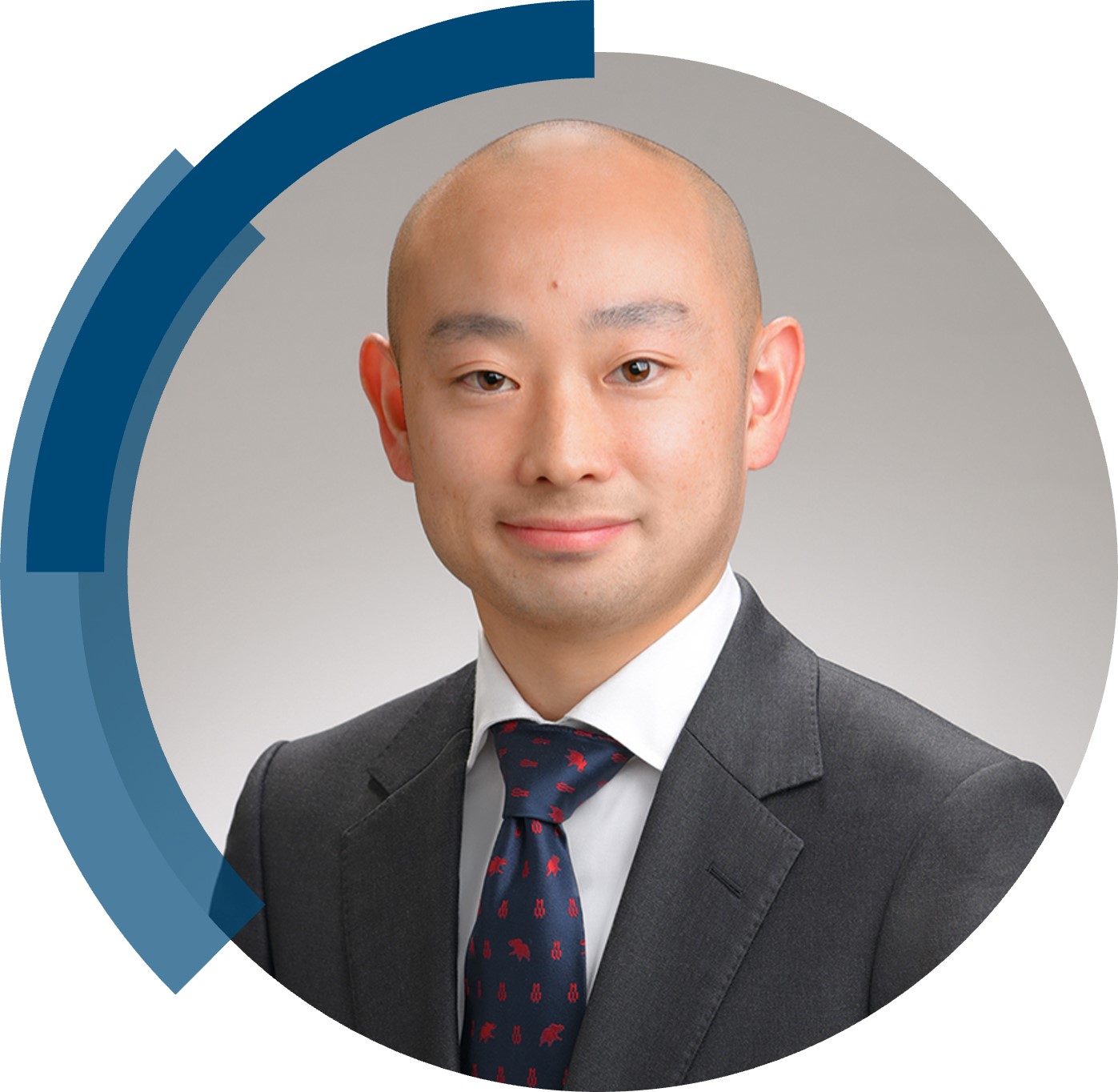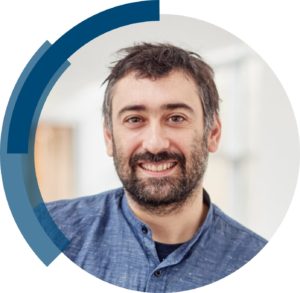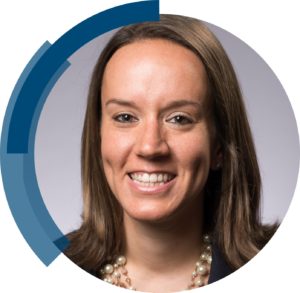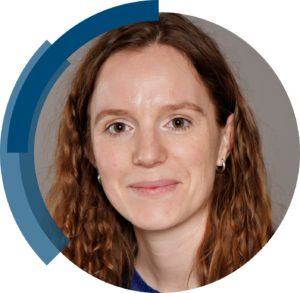We are excited to share the success of Vishal Govind Rao’s first-time independent article in ChemComm; “Insights into interfacial mechanisms: CsPbBr3 nanocrystals as sustainable photocatalysts for primary amine oxidation“ included in the full milestones collection.
Read our interview with Vishal below.
What are the main areas of research in your lab and what motivated you to take this direction?
Our research group is dedicated to exploring the fundamental properties of photocatalytic materials, with a focus on addressing pressing challenges in the field. While we have delved into various areas of research, our direction is primarily shaped by the obstacles we encounter. For instance, our exploration of perovskite materials led us to the common challenge of stabilizing them in polar solvents and water, which has become a central focus of our work.
With the depletion of fossil fuel reserves, the transition to solar energy has become imperative. To contribute to this shift, we employ plasmonic catalysis and perovskite catalysis to optimize photocatalytic efficiency. Our core objective revolves around enhancing charge/energy transfer dynamics at interfaces to boost catalytic yields while maintaining cost-effectiveness. This overarching goal underscores our commitment to advancing energy utilization through innovative research approaches.
While we are currently focused on immediate challenges, we recognize the importance of transitioning towards addressing issues related to the hydrogen economy and other emerging areas in the future.
Can you set this article in a wider context?
In our study, we utilized a process called photocatalysis, which typically involves three main steps: (1) a photocatalyst absorbing light to create charge carriers, (2) these charge carriers moving to specific sites where reactions occur, and (3) the transfer of these charge carriers to molecules on these sites, which helps certain chemical reactions happen. Specifically, we used lead halide perovskite nanocrystals to turn primary amines into imines. This research is significant because it contributes to the development of technologies that use renewable energy and support environmentally friendly chemical processes. By understanding how these reactions work on a fundamental level and adjusting how selective they are through surface interactions, our discoveries suggest ways to make energy use more efficient and chemical production more sustainable.
What do you hope your lab can achieve in the coming year?
In the upcoming year, our lab aims to maintain an active research agenda, acknowledging the unpredictable nature of scientific exploration. While we have specific aspirations, we understand that research entails embracing uncertainty. We appreciate that some of the most significant breakthroughs arise from unexpected observations and chance discoveries.
By remaining open-minded and adaptable, we strive to create an environment conducive to uncovering new insights. History has shown that unforeseen discoveries often pave the way for groundbreaking advancements in science, as demonstrated by numerous Nobel laureates. Thus, in the coming year, our lab eagerly anticipates the journey of discovery, ready to pursue new avenues of research wherever they may lead us.
Describe your journey to becoming an independent researcher.
My journey to becoming an independent researcher has been shaped by a deep appreciation for the collaborative nature of scientific inquiry. Despite being termed an “independent researcher”, I recognize that none of us operate in isolation. Instead, we are indebted to the wealth of knowledge and support that surrounds us. As the proverbial saying goes, “We can see further by standing on the shoulders of giants”.
Throughout my career, the guidance and camaraderie of mentors, collaborators, and colleagues have been pivotal in shaping my trajectory. What excites me most about research is the lively exchange of ideas, the iterative process of experimentation, and the eventual thrill of discovery. Every interaction, whether in the lab, at conferences, or through literature, enriches my understanding and ignites my curiosity for exploration.
In essence, my journey to independence as a researcher has been a journey of interdependence—a recognition of the invaluable contributions of others and a celebration of the collective pursuit of knowledge.
What is the best piece of advice you have ever been given?
The most valuable advice I received came from my Ph.D. supervisor, Dr. Nilmoni Sarkar. Despite being a man of few words, his actions spoke volumes. He taught me that true research springs from within; scientists aren’t inherently geniuses but rather individuals driven by curiosity about the problem of interest. To thrive in research, one must cultivate that innate curiosity and dedicate oneself to the pursuit of answers. He emphasized that while discipline is necessary, forcing a set number of hours of work doesn’t guarantee results in research, as productivity in the field of research doesn’t solely depend on the maximum hours worked.
Why did you choose to publish in ChemComm?
In our lab, I often encourage students to assess the paper’s scope and select the appropriate journal for submission. In this instance, Monika chose ChemComm due to its wide readership, recognizing the platform it offers for reaching a broad audience.
 |
Vishal Govind Rao holds the position of Assistant Professor of Chemistry at the Indian Institute of Technology (IIT), Kanpur. He earned his Bachelor of Science degree from Banaras Hindu University in 2007, followed by his Master of Science and Ph.D. in Physical Chemistry from the Indian Institute of Technology, Kharagpur, under the supervision of Professor Nilmoni Sarkar. During his doctoral research, Vishal delved into various photophysical and dynamical phenomena within microheterogeneous systems containing ionic liquids.
Following the completion of his Ph.D., Vishal embarked on a 3.5-year postdoctoral stint at Bowling Green State University in Ohio. During this period, he employed single-molecule spectroscopy to investigate the interfacial electron transfer dynamics in dye-sensitized solar cells. Subsequently, he transitioned to the University of Michigan, Ann Arbor, where he dedicated 2 years to studying the mechanism of photocatalysis on plasmonic metal nanoparticles. In 2019, Vishal returned to India and joined IIT Kanpur as an Assistant Professor, where he has remained committed ever since. His research team is actively engaged in addressing challenges related to perovskite stability and exploring their applications in photocatalysis. Additionally, they focus on plasmonic photocatalysis, interfacial charge transfer dynamics, strategies for efficient solar energy utilization, and the conversion of carbon dioxide into hydrocarbon fuels. Twitter: @VishalGovindRao |
Explore more ChemComm Milestones news and updates on our X Feed: @ChemCommun












